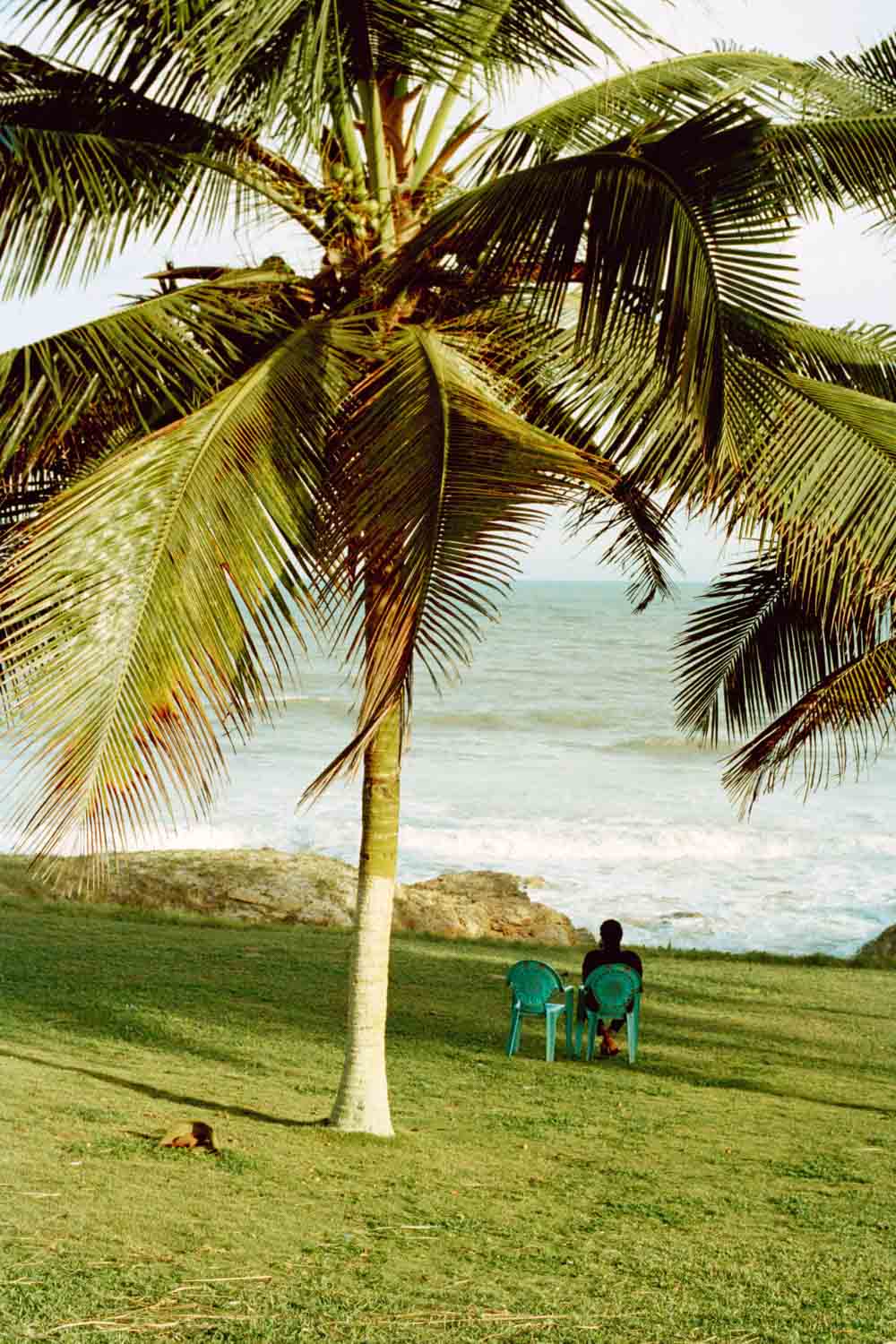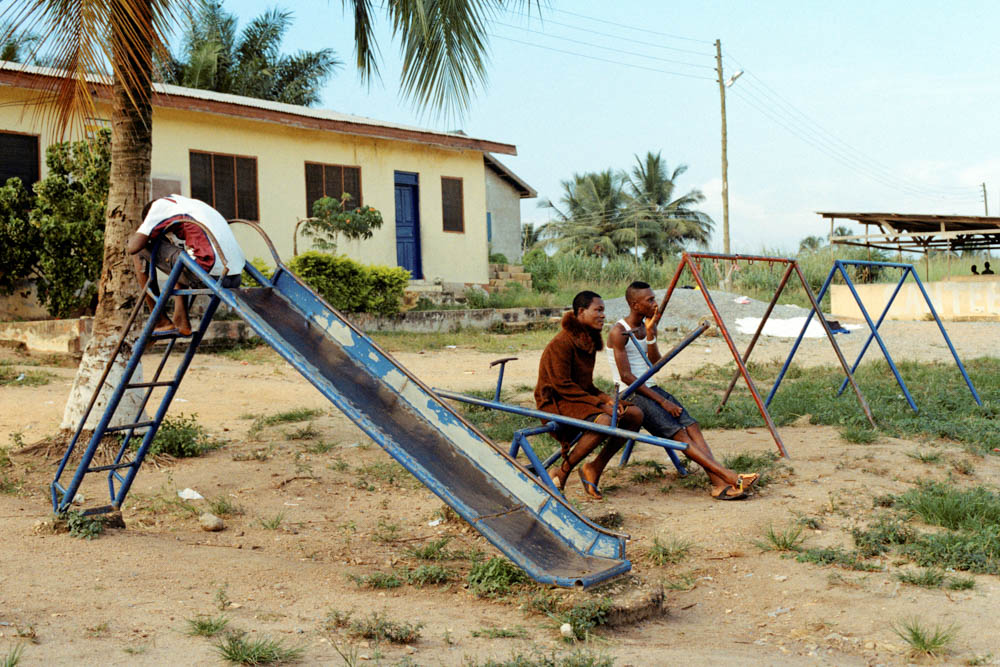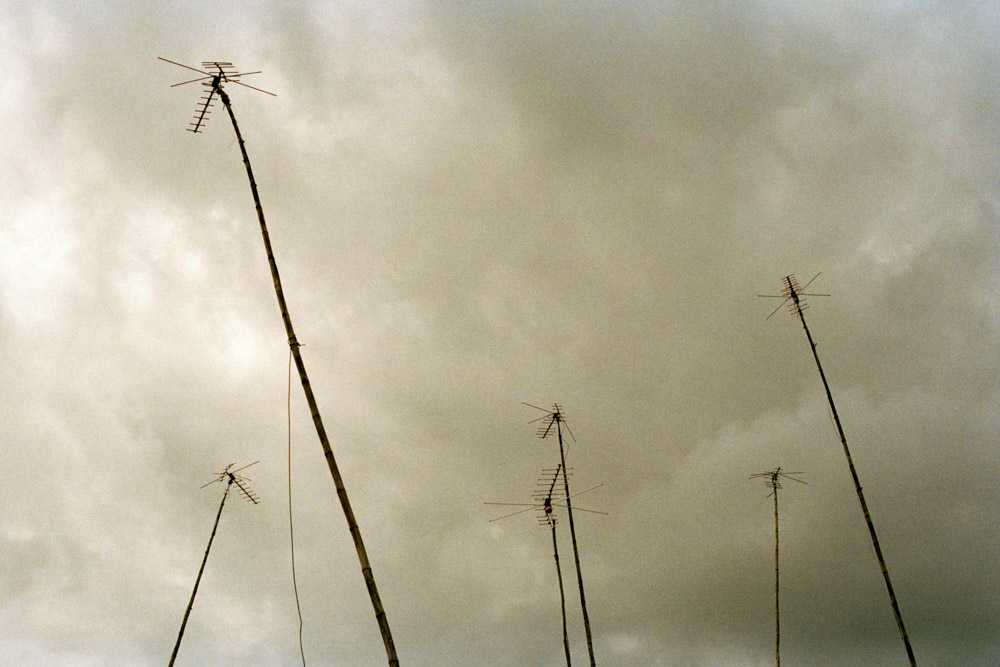“People, fashion, architecture.” Meet photographer Aya Brace #100artinhelsinki Interview
As a part of the #100artinhelsinki project Irene Suosalo will interview 6 interesting contemporary artists. The interviews will be published during spring 2018 on our website. As the second artist, Irene met Aya Brace at the Mat restaurant at Punavuori, near some of Aya’s favourite photography locations. They got to discuss about her work as a fashion photographer and an artist between two cities, Helsinki and London.

Aya, tell us about your background?
A: “I was born in Helsinki to a Finnish mum and Ghanaian dad. I was the only child growing up in our home but always kept busy: I used to dance, act, draw, paint, film videos and take photos. I attended Kallion lukio which is a performing art high school in Helsinki. It was the atmosphere there that made me realise I wanted to pursue a creative profession. During that time I learned that as much as I liked the collaborative aspect of performing arts, performing itself was not the career path for me. In high school, I used to shoot a whole lot of everything. I didn’t really know what I was doing. I just knew I loved taking photos.”
How did you end up being a photographer?
A: “I just decided I would.
On my last year of high school, I applied to do a foundation degree at London College of Communication. I got accepted into the course before my spring matriculation exams and three months after graduating I moved to London. I was young and amazingly naive enough to not question all of life’s realities back then.
After the first year, with a portfolio in my hands, I applied to do a bachelor’s degree in fashion photography at London College of Fashion and got in, graduating in 2015.”

Describe your aesthetic in three words.
A: “Minimal, humanistic, bold.”
Who or what is your inspiration?
A: “People, fashion, architecture.
I love the mood, colors, and composition in Aki Kaurismäki’s movies, the revolutionary ideas of Le Corbusier and his peers on how architecture could be part of a revolution and an untold amount of fashion designers that manage to make something as intimate and mundane as the way we dress into works of art. I love fashion because simultaneously it has boundaries but is, in my opinion, the most exciting and forward-thinking creative field. The cycles are quick and the ideas move fast and it is strongly grounded in time.
I read a lot of academic texts as a starting point. It gives the superficial the needed context and depth, if nothing else, in my mind.”


How has living in two cities (London and Helsinki) affected your work?
“I think changing locations makes you appreciate the good in the other one. I love the pace and peace in Helsinki, even though I am not fully attuned to it.
London gave me the tools and motivation to find my own way of doing things. When all possible aspects of inspiration are at your doorstep it would be silly not utilize it. Being surrounded by so many talented people really made and makes me want to push myself further. London has that positive kind of peer pressure.”
How has your working developed?
A: “I think my work has become more personal. I have started to appreciate that the things closest to me are the most interesting.”
 What do you want to say with your work and why?
What do you want to say with your work and why?
A: “I want to show the beauty of the everyday. I think a photography has the best ability to do that.”
Do your works comment on any of today’s social and political problems?
A: “A lot of my work involves architecture to ground the fashion in a place but the buildings interest me as well. Why are some centuries in architecture are more appraised than others? What kind of buildings has been badly maintained and now demolished? Who gets to decide what is good architecture and what is bad? The reason urban theory and architecture fascinate me so much is the fact that its cycle is so much longer than fashions but the similar designing process goes into place.
Another big thing I am working on my upcoming projects is representation. Thus far, I don’t think it has been on my mind as strongly. Living in London as a POC female photographer I did not feel like it defined me in any shape or form. But in the current climate, it is almost my obligation to take into note the importance of representation. I got to live for 25 years without being really conscious of my skin colour. It is only when I got back a year ago that the gazes of passersby started reminding me of my appearance. This is something I want to address.”
What do you feel like is the position of an artist in today’s Finland and with the current state of the world?
A: “Culture will forever be an important part of any civilized society. Art gives us a way to escape as well as tackle some of the more complex sides of society and people. The reason I studied fashion photography was to have some kind of commercial knowledge. I think any artist needs salesmanship in today’s world (or really good representation).
I talked about who decided what is good architecture earlier, it is the same thing with art. Who gets to decide what is good work and deserves funding? It’s complex. I think projects to promote Finnish talent abroad should be at the forefront because there is not enough money to sustain even a fraction of all the professional artist here. I personally have been doing my own thing for a while now and it is slowly starting to pay off. If I had just followed the money I would probably be shooting something totally different. Art does not exist in a vacuum and the idea of non-commercial art is romantic but false.”
#100artinhelsinki is a Finnish Art Agency’s project in which photographer Irene Suosalo keeps up with art events, exhibitions and gallery openings happening in Helsinki while also getting to interview few rising artists on their work.
Pictures taken in Ghana were a part of Aya’s exhibition Meet Me There! which was held at Asbestos Art Space 10.3.-17.3. The exhibition drew inspiration from pedagogic photographs taken in Ghana by Aya’s mother Marita Brace in 1988. The pictures question whether there are themes which persist once the photographer is not the Mother but the daughter, when the year is not 1988 but 2014, when the gaze is not educational but exploratory.


Photo credits:
Portrait of Aya Brace by Irene Suosalo
Pictures by Aya Brace

